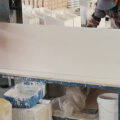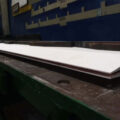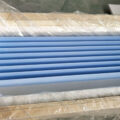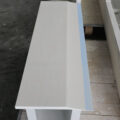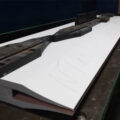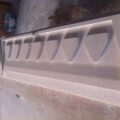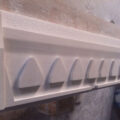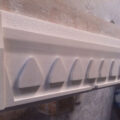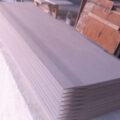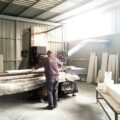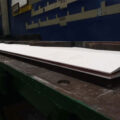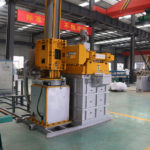An important part of the molten metal casting process is the feeding nozzle, which delivers the molten metal directly into the gap between the two continuous caster rolls. This process usually makes the top and bottom surfaces of the feed nozzle directly contact the continuous casting roll. Generally, the feed nozzle is made of a harder and more aggressive material than the steel caster material, such as alumina or alumina-silica fiber. The interaction between the movable continuous casting roll and the hard feed nozzle can cause the embedding of scratches into the softer casters.
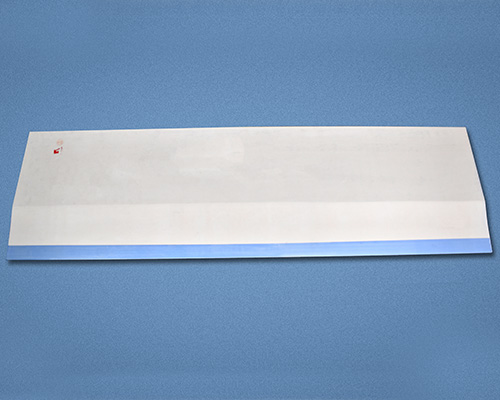
After the metal has solidified, when the metal passes and is compressed to conform to the thickness defined by the narrowest gap between the casting rolls, these scratches embedded in the casting rolls are applied to the metal again. The end result is the production of a continuous metal sheet with scratches, which is usually represented by raised ridges that extend above the expected thickness of the metal sheet, which is defined by the narrowest gap between the casters determine.
Currently, the only way to eliminate the scratches transferred to the metal plate during the die casting process is to use a molten metal feeding nozzle with little or no bend. It can resist the absorption of water; and has the heat and strength characteristics required for the successful casting of non-ferrous metals.
AdTech Molten Metal Feeding Nozzle adopts nano-scale fibrous composite materials. Its particle size distributes uniform. It has advantages of no peeling, non-stick molten aluminum, and good erosion resistance. The internal structure is designed with a reasonable and symmetrical runner. So as to meet the fluid dynamics requirements of aluminum liquid. Good heat insulation, in order to effectively control the constant temperature during aluminum casting. AdTech ceramic fiber caster tip and nozzles are the best choice for producing high-quality aluminum foil stock. Low deforming, easy to adjust the roll gap. It can effectively reduce white strip and dark line problems, and improve the smooth surface of aluminum foil.

